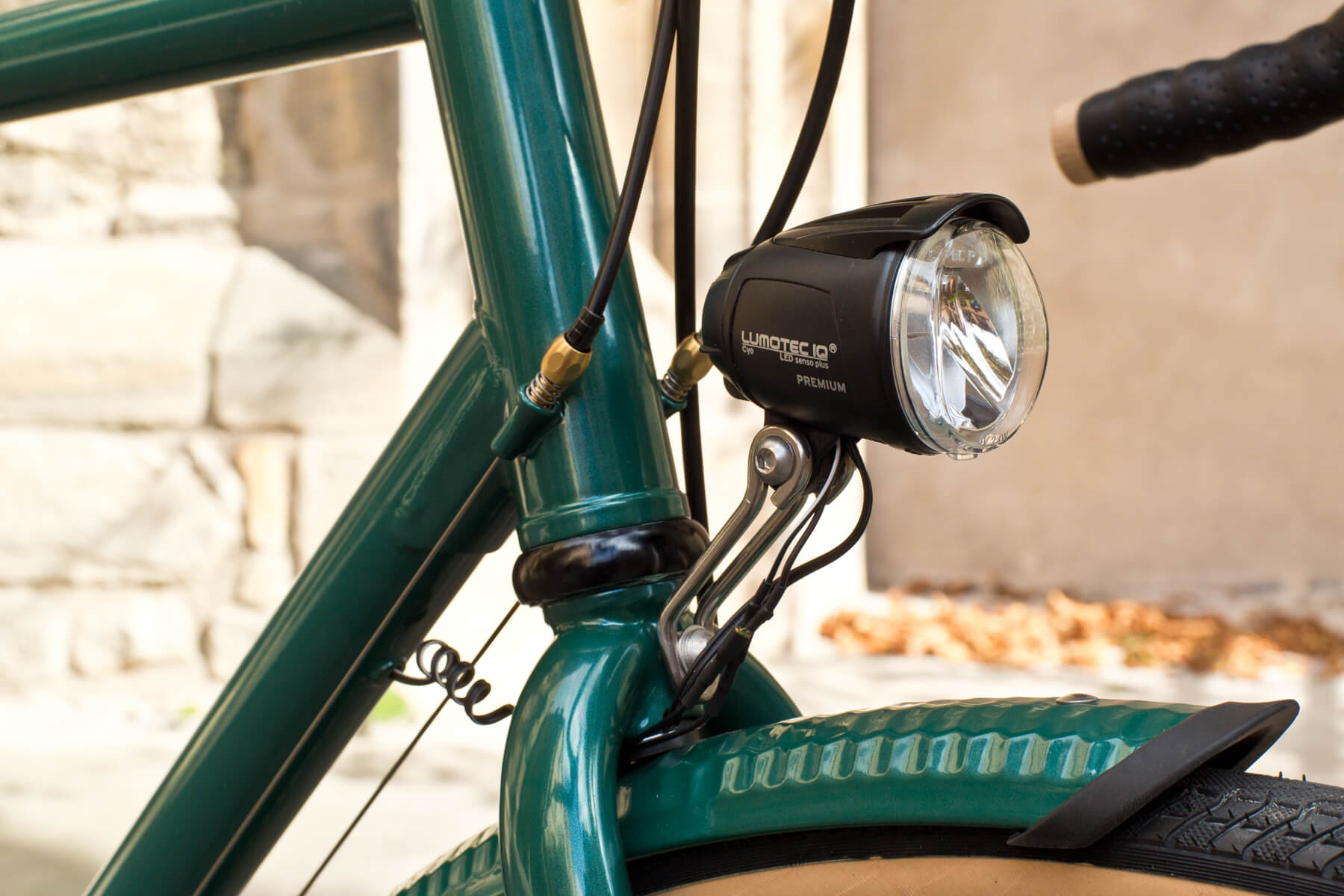The Hunt Cycling is a full service bike-shop, independent journal and collective consisting of three cycling enthusiasts based in Halle Saale. We try to explore, document and share our experiences in the field of cycling and beyond. Besides drinking shandy, lots of riding and intellectual discusses about bike parts and stuff, we enjoy riding with friends and running our showroom and bike-shop located in the center of Halle.
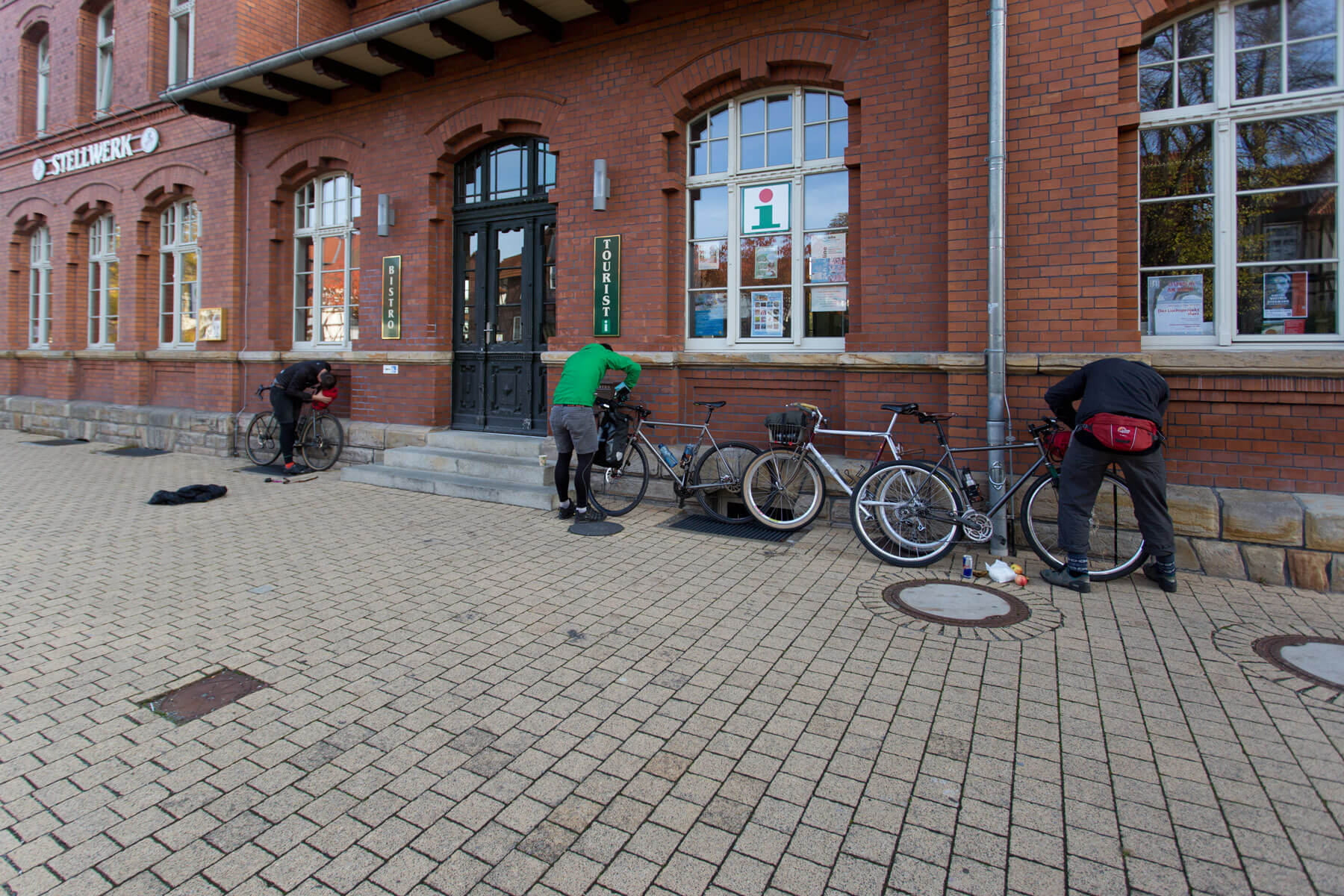
Living in Central Germany means living in lowland. Regardless of where you look, there are plains everywhere. That’s ok because there are a lot of beautiful bike routes crossing Central Germany like the Saaleradweg, the Elsterradweg or the European Biking Path. But sometimes this isn’t enough. The Alps are 800km far away and unless you don’t want to do an eight hour car trip, there are almost no possibilities for riding your bike uphill. Except one. With its elevation of 1,141 meters the „Brocken“ is the highest peak of Northern Germany and the „Harz“ mountain range. The Brocken is part of the Harz National Park and its annual temperature is only 2.9 °C. You have to do a 1 1/2 hour train ride from Halle to Ilsenburg to arrive at the foot of the mountain but it’s worth it.

The plan was to arrive in Ilsenburg by 10 am, so we hopped on the train early. We only packed some lightweight clothing, some food and some tools for the day and started the climb shortly after we arrived in Ilsenburg. The Brocken isn’t a very hard to climb mountain but it takes time to find your own pace and we didn’t want to climb too quickly, especially at the beginning. After the first 2 kilometers Boris suddenly got stuck with a broken chain but fortunately it wasn’t unrepairable so we inserted a short repair stop and tried to not cool down to much. Boris luckily found a chain joint and after 10 minutes of fiddling the chain back together we went on with our summit attempt. There were a few steep gravel sections and some challenging bursts on the first kilometers up to the first part of the Hirtenstieg but suddenly the Sun broke through the heavy clouds and warmed us on our way uphill to the peek. The weather was perfect.
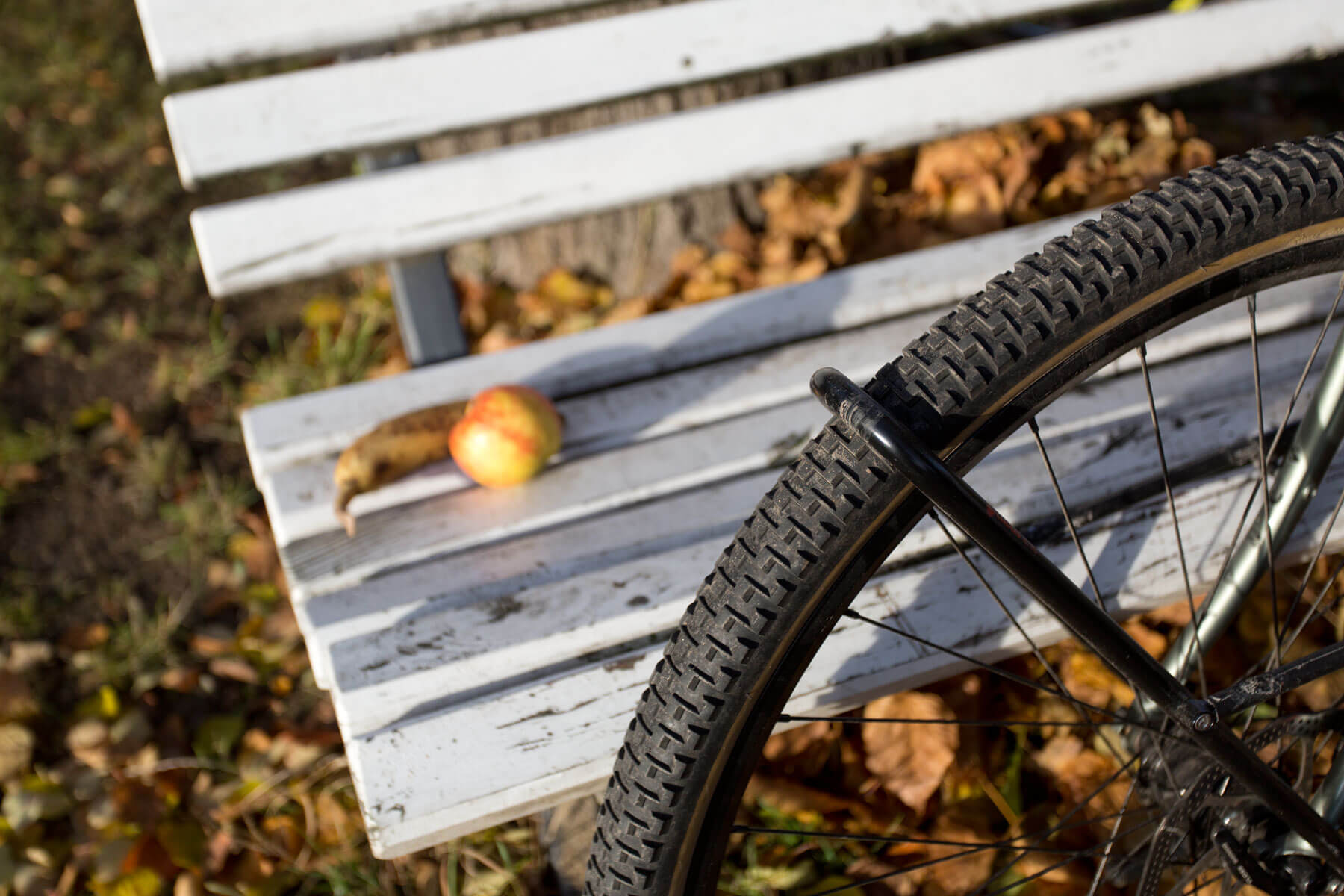
We had to push the bike several times but this just gave us time to enjoy the scenery and to take pictures. The first unpaved part of the Hirtenstieg leads straight to the paved section — the last part of the track just before the summit. The weather changed and the temperatures dropped quickly the closer we got to the summit. We reached the top exhausted but happy and just wanted to get some food and warm up again. After one hour of recovery we were ready for our way back to Wernigerode. We stopped after a very rapid descent back over the paved section and decided to turn left straight into the forest. We knew a section called Weißtannenheuweg which should lead us downwards but we were unable to find it. We got lost a few times because we took the shortcut through the forest. To our astonishment, we found ourselves climbing and pushing our bikes up some rocky and slippery sections again.

The Brocken is always full of surprises but he rewarded us with some challenging single trails down to the Zeterklippenweg — the last section of the descent. From there it was all downhill. The landscape with small wooded valleys passed quickly while we where pushing the pedals hard down to Wernigerode. A beautiful and rapid descent with loose gravel follows each other and we all felt the rush of adrenaline. Just as we arrived exhausted but very happy the temperatures started to drop again and we grabbed the next best option for beer and food and enjoyed ourselves. It was a great day with good friends and we can only recommend a short trip like this especially for climbing. Even without suspension the trails where a lot of fun. We never had a moment of “This is to hard.” or “We can’t go down this section.” Every section we rode was possible to ride. Check out the bikes and our minimal setup at the end of the post and don’t forget to check out the full route we roughly put together on Komoot.












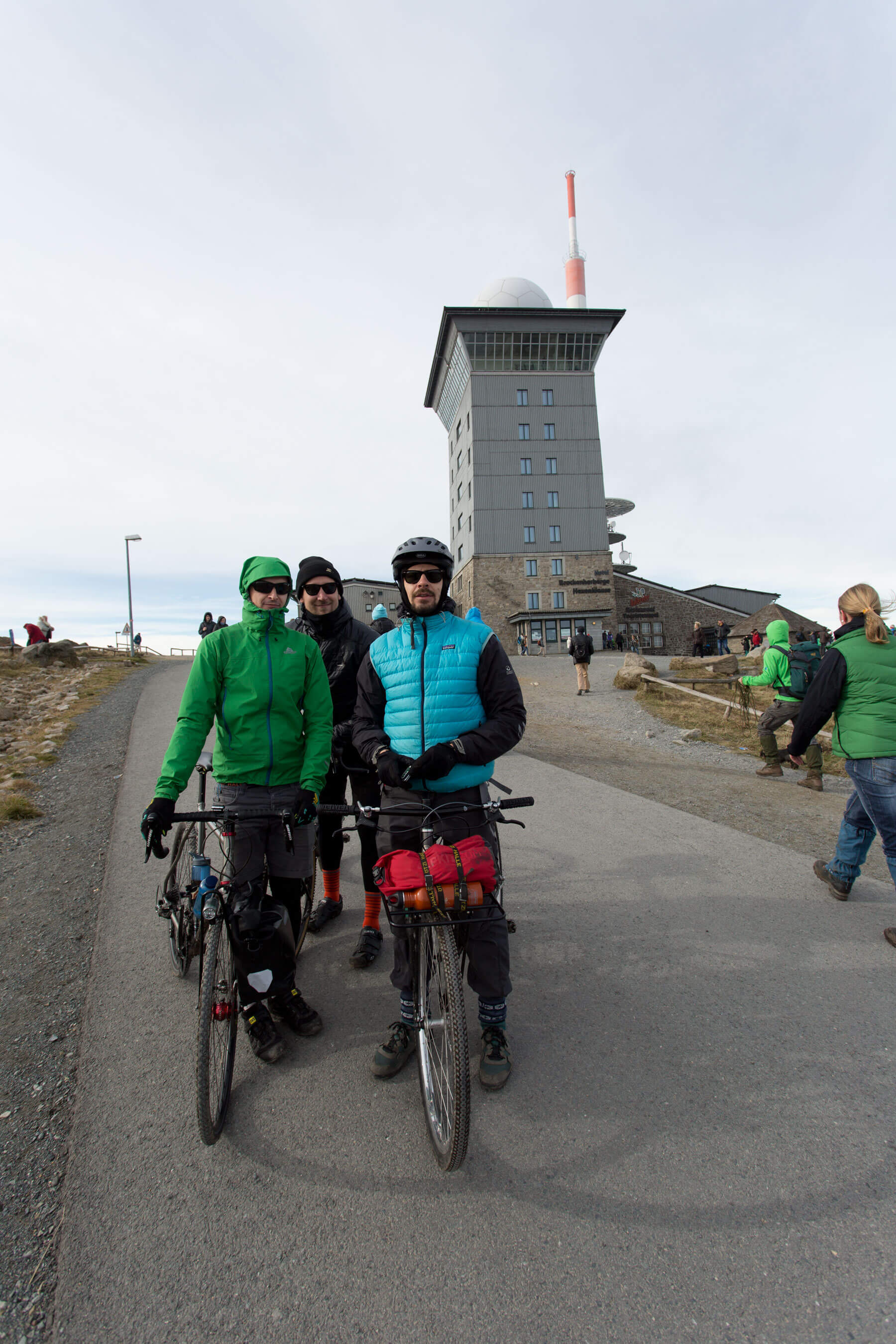
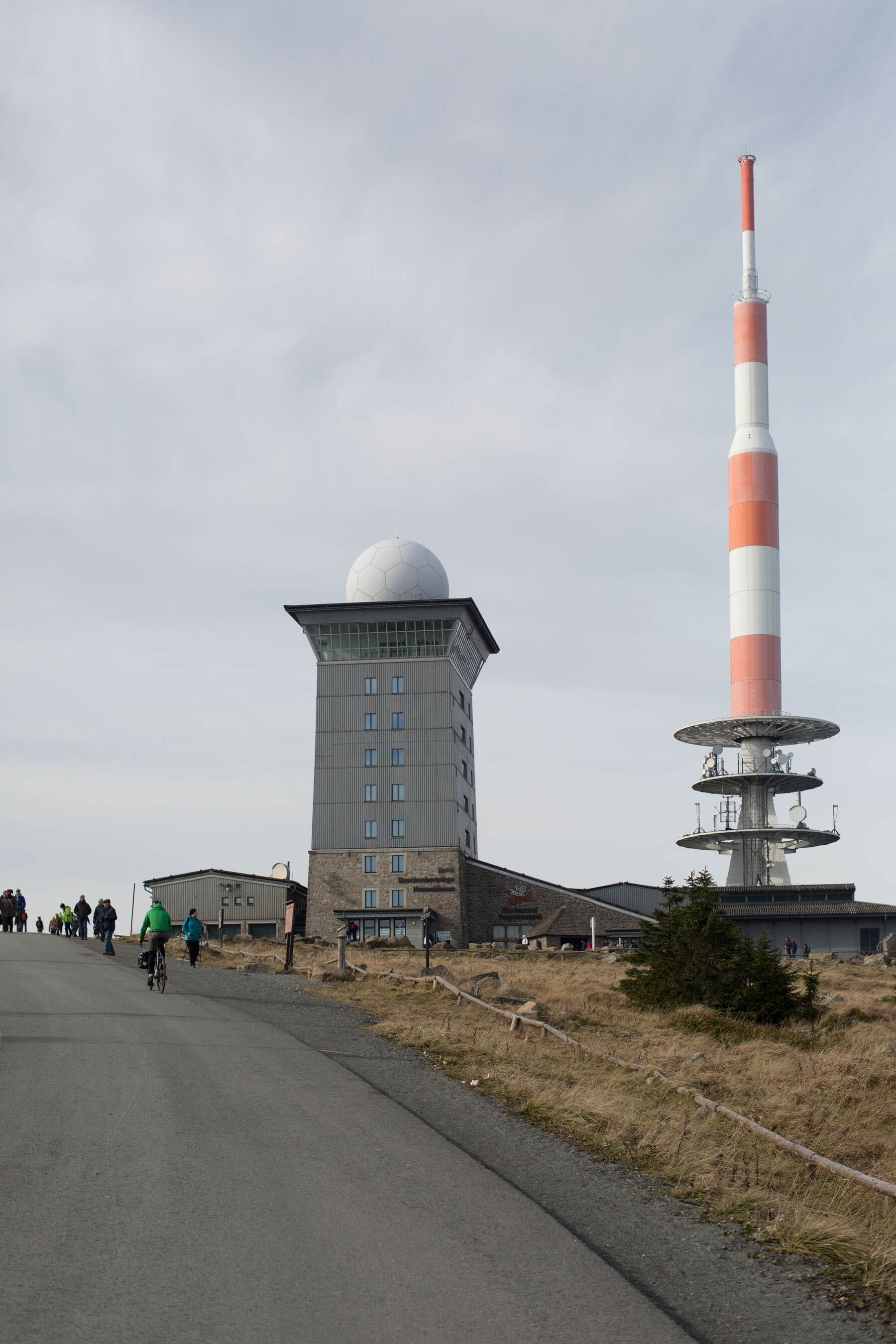
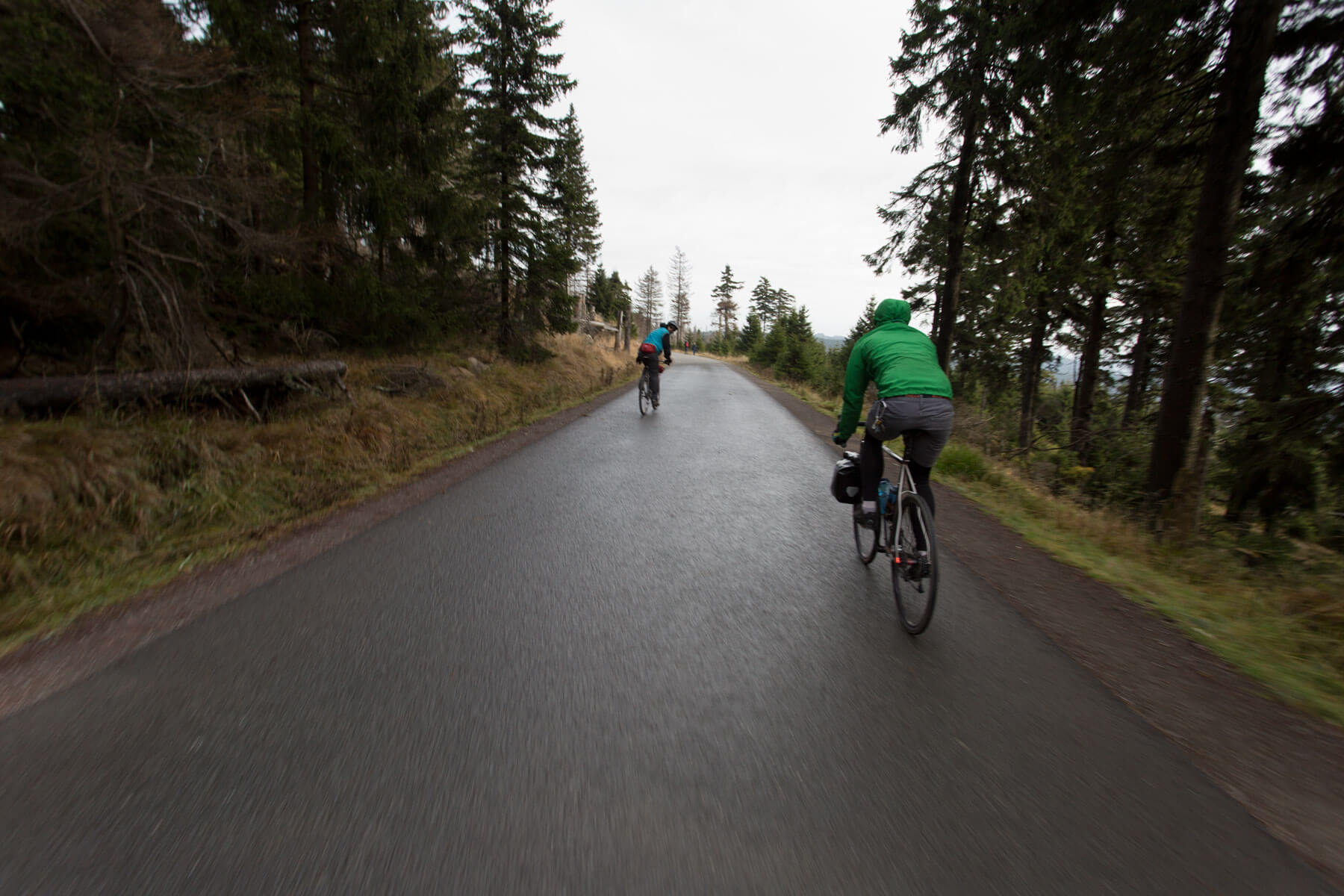











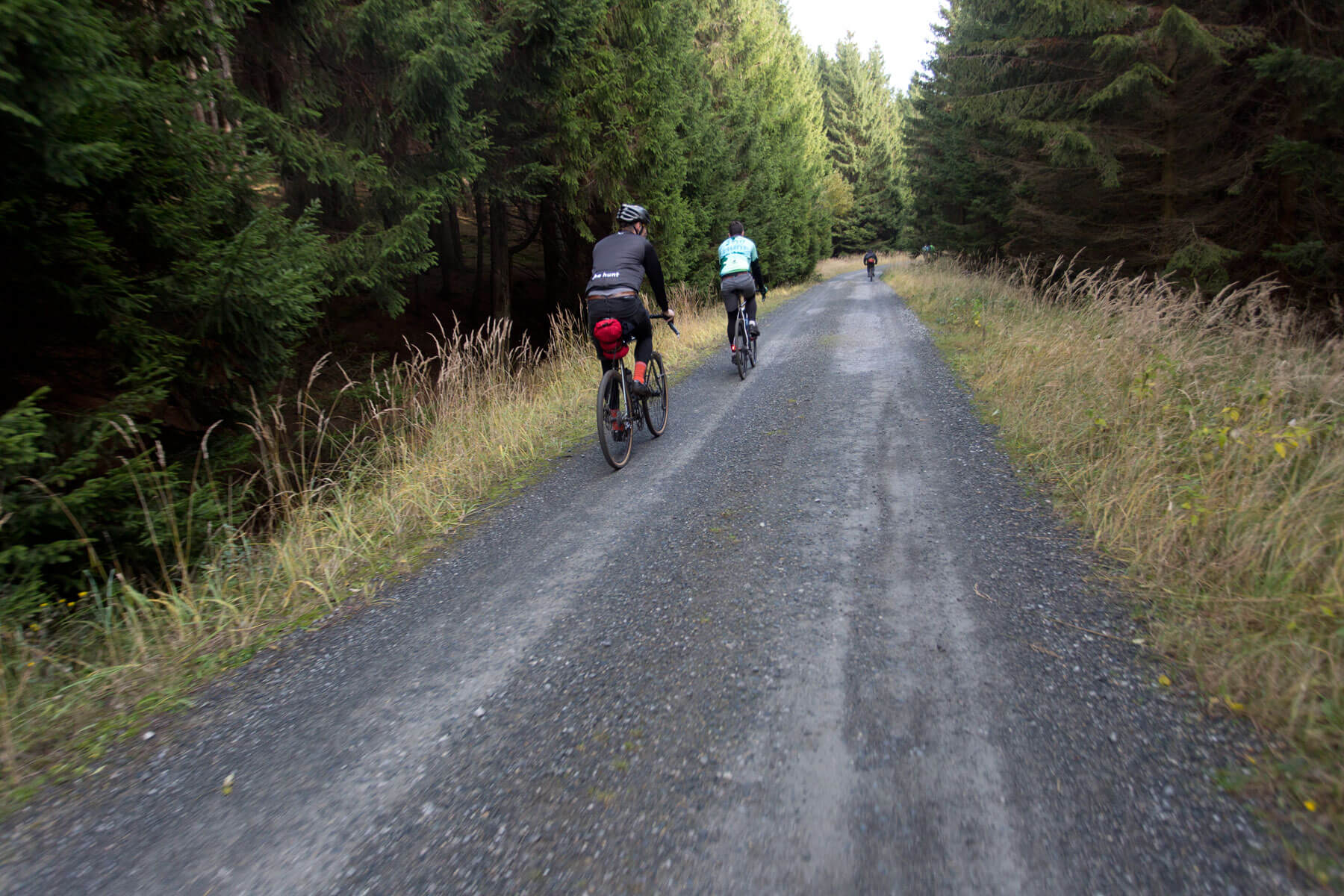


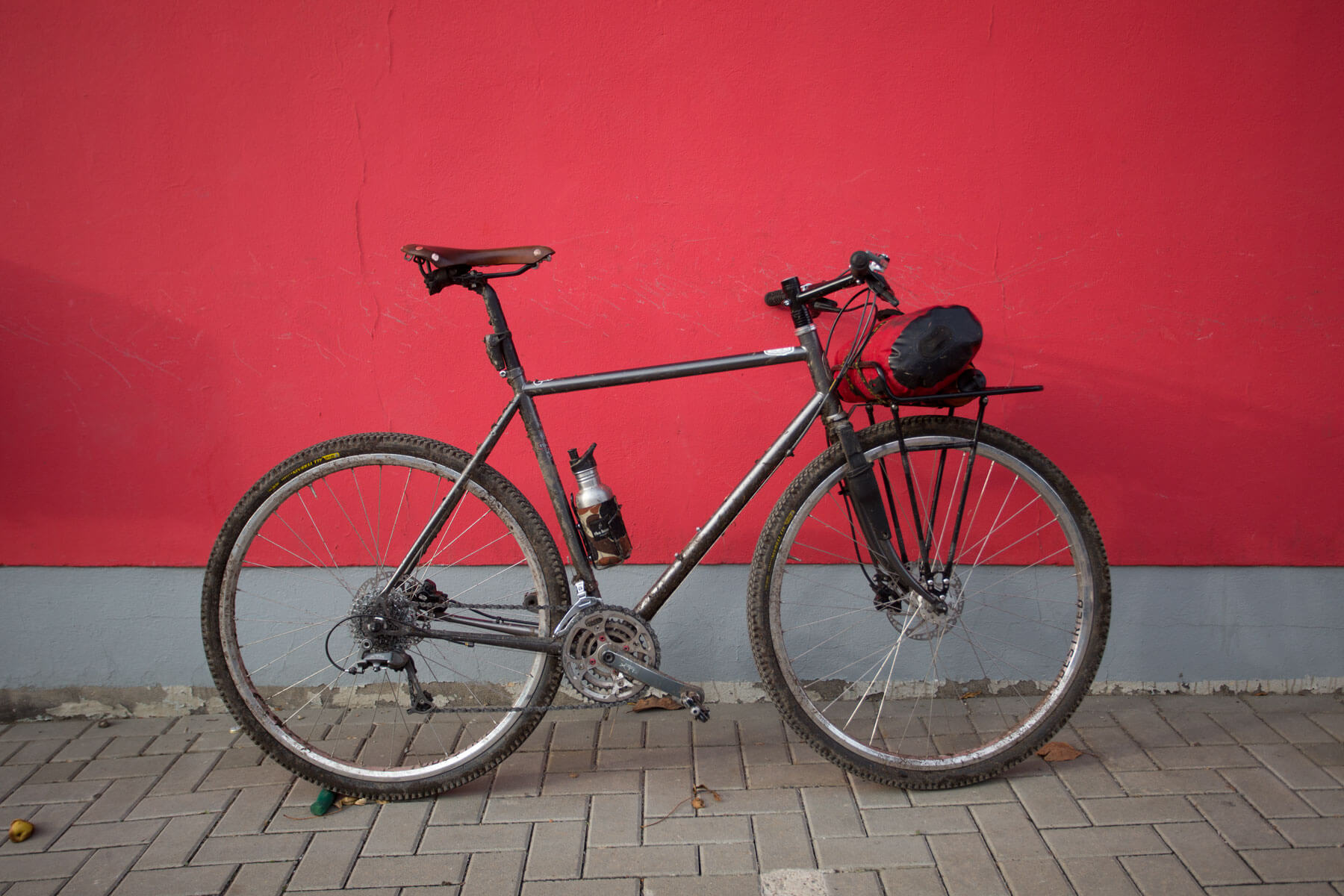






This Pelago San Sebastian Street is a good basic bike for urban riding without any gimmicks. The spick, yet complex paint job, and all-black components create a subtle racer. Pelago describes the San Sebastian as “a straight-forward, good-to-go machine, but also [as] a platform for different kinds of riding all the way from porteur bike to a light touring to a track racer on the velodrome”. But it is also a good basis for an exhibition bike. We found that the nice Sim Works parts fit perfectly to the San Sebastian and they are too good to mount them at a display. Sim Works Smile handlebar, Rhonda stem, Beatnik seat post and SRAM S900 brake levers replaced the original setup with the riser bar and flat bar brake levers. The fast rolling adaption of the Panaracer CG CX from Fairweather should give you a safe feeling offroad and enough speed on tarmac. A classic Sugino RD2 MC replaced the original crankset to complete the exhibition bike.








Here is a short factory visit to see where the Sim Works parts come from. We are very pleased that Nitto keep their business running and give us the oppotunity to offer their fine handle bars, stems, seat posts, carriers and small parts.

András is the owner of some interesting bikes and, in any case, a true hunter. Bikes come and go, some stay longer in his collection and some, nevertheless, stay forever. We were a bit confused when András came around with his idea to buy a Genesis Day One Alfine 8 and convert it to a “minimal tourer”. It’s a good basis for a reliable and low maintenance bike due to the combination of a singlespeed drivetrain and Shimano Alfine 8 with Microshift bar end shifter. In general, we are looking for the best matching frame and try to avoid extensive modifications. However András’ idea of the bike was already set and we started to disassemble the Day One, as you can see above. The first step was the chemical removal of the original paint, different braze-ons and a powdercoating which should remind of British Racing Green were added. The main focus was on a more elegant and less fancy appearance following the aesthetics of a classic French randonneur. Internal cable routing for the lights as well as stops, bosses and brass adjuster screws replaced the common mounts for c-clips. Fairweather MOD174 bar and UI-7 stem are matching perfectly and underline the slim shape of the Day One. The TRP Spyre-C / Tektro RL-340 combination is a reasonable solution and provides enough stopping power. A Shutter Precision hub dynamo delivers energy for a Busch & Müller Lumotec front light and Supernova tail light.
The result is a touring bike for all weather conditions with a clean look and of course, it’s definitely not the last bike for András.












